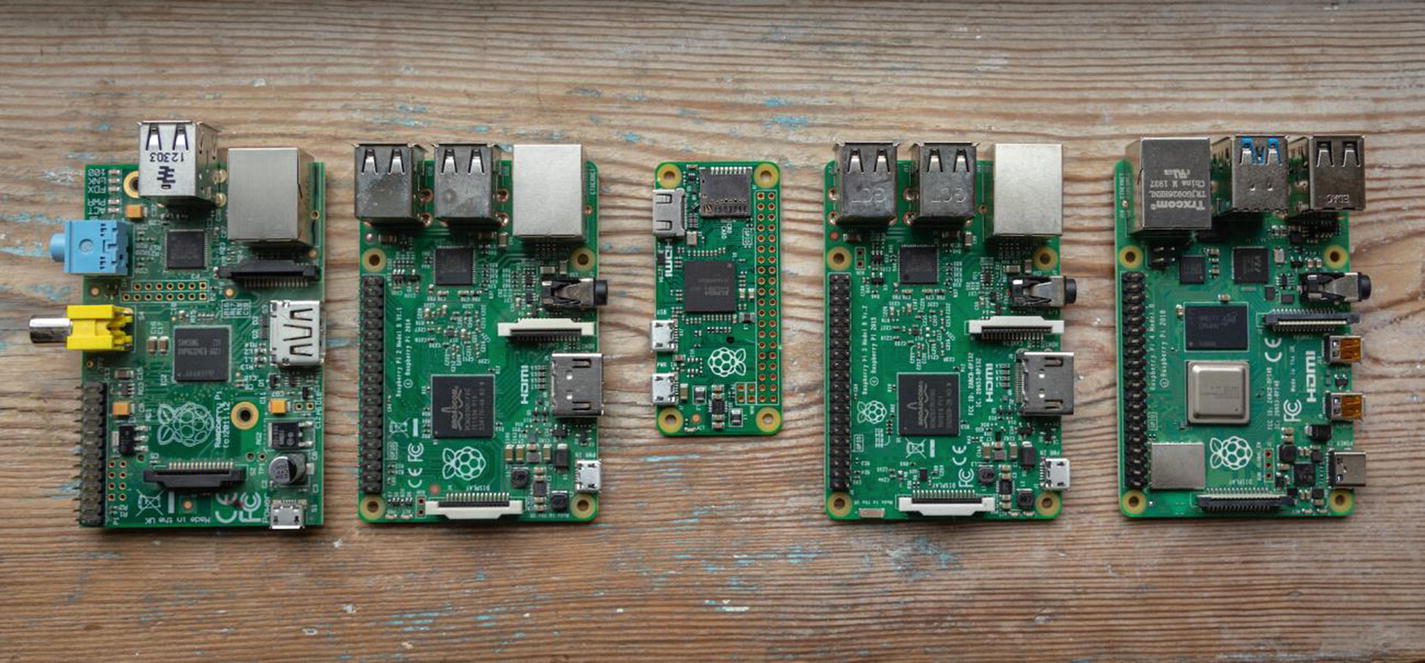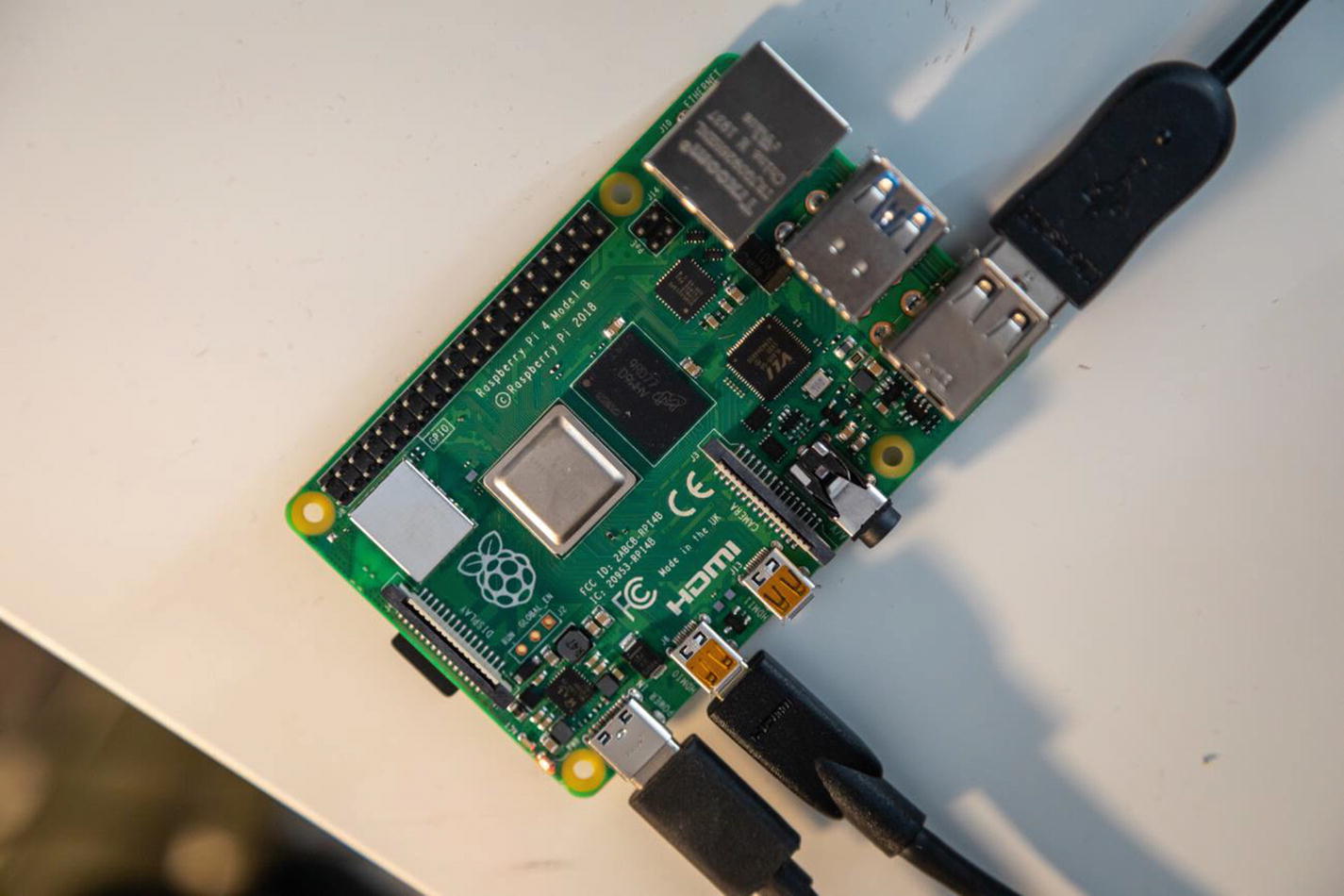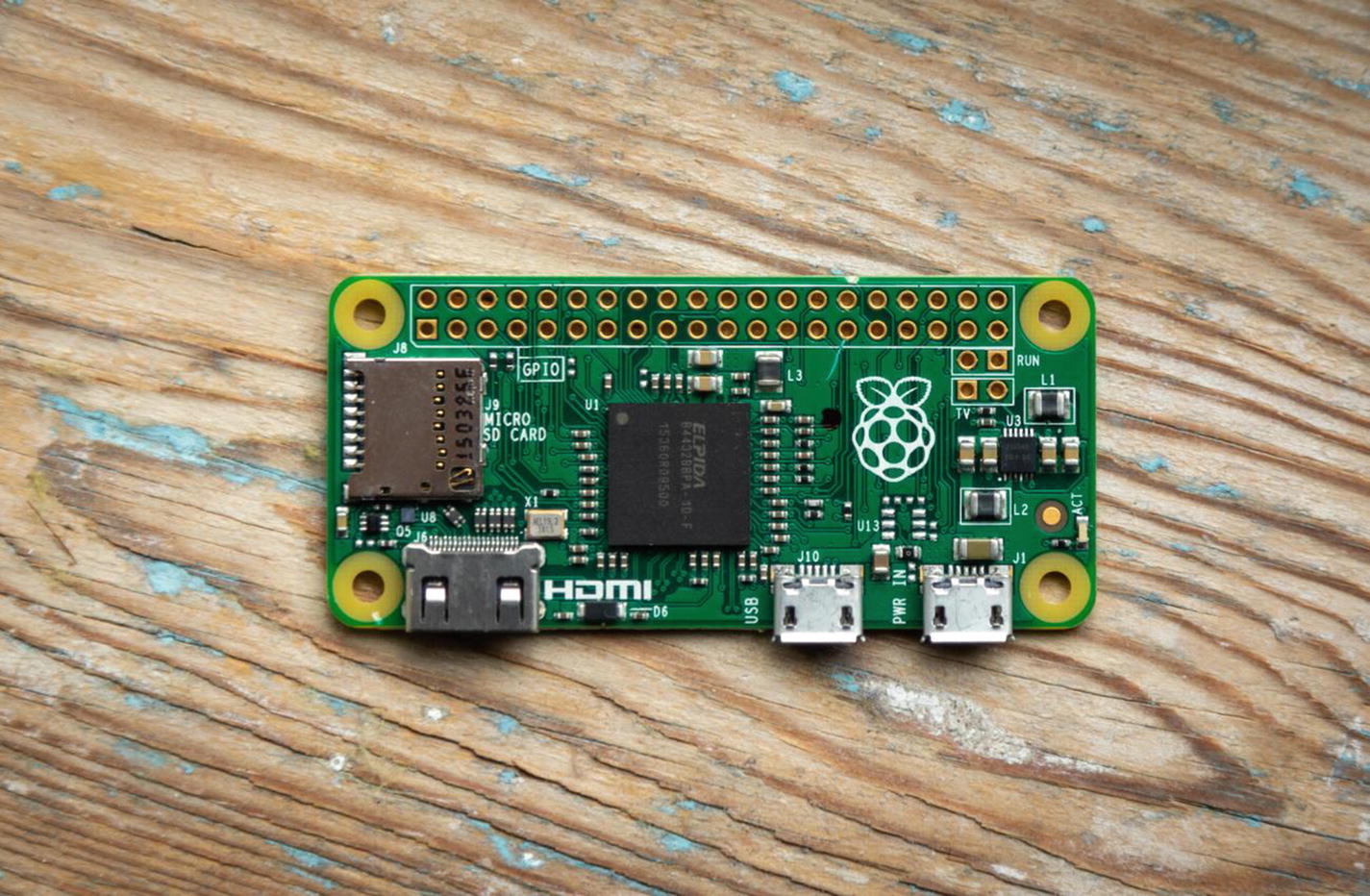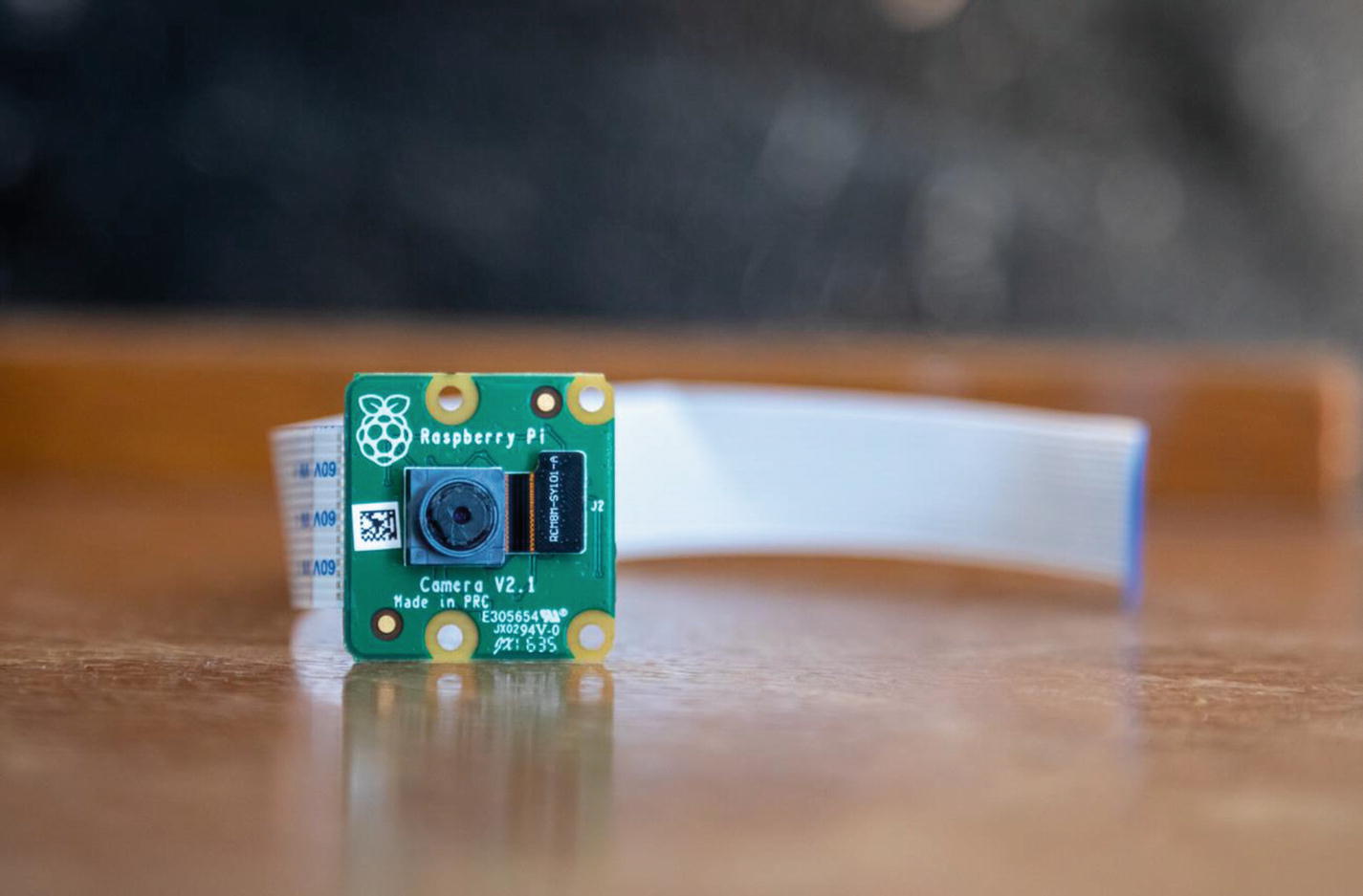First introduced in 2012, the Raspberry Pi has seen five major version releases across 13 form factors. Dozens of derivatives and knockoff clones exist, and a huge number of different modules, accessories, cases, and projects exist to help you use the ultimate tech tool. I’ve personally used Raspberry Pis to build business operation dashboards and display real-time server statistics and for face recognition and identification with OpenCV, retro gaming stations with RetroPie, video streaming, CI/CD deployment servers, and much more. Their small form factor, cheap price, and modest energy consumption features lend themselves perfectly to these kinds of projects – and many more besides.
A Brief History of Pi
The idea for the Raspberry Pi came about after computer scientist Eben Upton grew concerned that college students lacked the necessary skills to work with computer hardware, instead focusing on software and online interactions. While working for the University of Cambridge, UK, in 2006, Eben along with colleagues Rob Mullins, Jack Lang, and Alan Mycroft developed a hand-soldered prototype which was a far cry from today’s credit card–sized computers. It wasn’t until February 2012 that Eben et al. managed to release the affordable yet powerful computer we know and love.
The Pi was developed with support from Broadcom, who designed and developed the SoC (system on a chip) processor used to power the Pi. Almost everything the Pi needs to work is built in to the system. The memory, GPU, CPU, I/O, and more are soldered into place. It’s not possible to upgrade the Pi’s components, but with regular new releases increasing the Pi’s power and usefulness, and a sale price of less than $50, few can complain about planned obsolescence.
Originally marketed with modest sales expectations, the Pi took the world by surprise, eventually going on to sell more than 30 million units. As a computer science student at the University of Lincoln, UK, I (along with all the other students on my course) was gifted a first-generation Pi by the university, with no expectation or pressure to use it and no mandatory modules requiring ownership of one. Perhaps it was hoped the Pi would spark a revolution in computer hardware design, or more likely my university wanted to support a cool project. The Pi has since become the best-selling UK computer of all time.

Raspberry Pis, from left to right: Pi 1, Pi 2, Pi Zero, Pi 3, Pi 4

Raspberry Pi 4 wired up
Today, the Pi is managed by two organizations. The Raspberry Pi Foundation is a charity that exists to promote the study of computer science in education. It’s a registered charity, with a board of trustees. It’s supported both by Broadcom and the University of Cambridge, UK. After the initial success of the Pi, a limited company called Raspberry Pi (Trading) LTD was created to handle the research, development, and production of all future Pis. Eben Upton is still a key driving force in both organizations today.
Raspberry Pi 1

Raspberry Pi 1
The Model B is powered by a single-core Broadcom BCM2835 SoC processor running at 700MHz, with 256MB of RAM (shared with the GPU). The Pi 1 Model A arrived in 2013, which removed the Ethernet port. By 2014, the Model 1 A+ and B+ arrived, with a modest bump up to 512MB of RAM, a slightly lower price, and a doubling to two USB 2.0 ports, along with several miscellaneous component changes. The B+ increased the GPIO layout to the now standard 40 pins.
Raspberry Pi 2

Raspberry Pi 2
Raspberry Pi Zero

Raspberry Pi Zero
The revolutionary device was given away for free on the cover of The MagPi magazine – another first for the Pi Foundation. I remember the launch day well, as it was a complete surprise to everyone. I managed to get a copy of the magazine and a Pi Zero on launch day, but only by pure chance. My then boss got a tip off to go buy The MagPi before work and he bought one for me – there were only two left on the shelf!
In February 2017, the Pi Zero was updated to include Wi-Fi and sold as the Pi Zero W. Since release, various combinations of Wi-Fi and pre-soldered headers arrived, offering you total flexibility in your style of pocket computer.
Raspberry Pi 3

Raspberry Pi 3
The Pi 3 A+ and B+ arrived in 2018, once again bringing with them the standard removal of Ethernet, and minor spec shuffling. These models saw a slight processor change to the BCM2837B0 quad-core chip, running at 1.4GHz – a worthwhile upgrade for those craving speed.
Raspberry Pi 4

Raspberry Pi 4
The Pi 4 builds upon the vast Pi heritage curated over eight years of production, and many more of development. The Pi 4 is seriously powerful, and it starts to dwarf the earlier models – especially the Pi 1 Model B. Be it video encoding, building files from source, and any other intensive task, the Pi 4 significantly speeds up the job. The king is dead, long live the king!
Pi Cameras
Every model of the Pi (with the exception of the Zero) features a camera serial interface, or CSI port. This allows the connection of the Pi Camera – which you’ll use in the completion of the car project in this book.
The original Pi camera launched in May 2013. It measures 1 x 0.78 inches, with a flat ribbon cable, which connected to the CSI port. Priced at roughly $20, the camera was expensive when compared to the Pi itself, but it did (and still does) provide a fascinating insight into computer vision and image processing. Capable of a maximum resolution of 5MP for photos, or 1080p video at 30 frames per second, it was “good enough” for most projects.
It was shortly followed by the Pi NoIR camera – an infrared variant designed for night vision with IR lighting.

Raspberry Pi Camera V2.1
In 2020, a $50, 12MP model was announced, with support for interchangeable lenses. This modern lens mount will let you connect DSLR lenses – some of which cost several hundreds or thousands of dollars more than the sensor itself!
Chapter Summary
In this chapter, you learned about the five main Raspberry Pi boards, along with the Pi camera, and the history behind the Pi and the Pi Foundation. You learned about the various different form factors and revisions of the Pi itself, and the different CPU and I/O configurations, along with the pricing model and publicity stunts (such as giving away the Pi Zero on the cover of The MagPi magazine).
The next chapter is a software development primer. In it, you’ll learn some basic computer science theory, along with some historical case studies. You’ll gain an understanding of how software works, and how you can use the lessons from history to make your code better.
